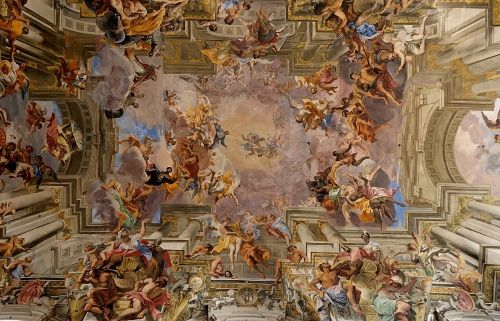Romantic Era Blog

Romantic Era Blog When asked to decide on my favorite style, I found that I was more drawn to Impressionism over Romanticism because of the drastic use of color and brush techniques. Some of the loose brush strokes and bold colors that are present in Impressionism paintings are appealing to me because I'm often drawn to earth tones. The like the messy look, because it's a bit more realistic, and has a better flow in the technique in the paintings. Impressionism paintings have such a freeing feeling to them because it leaves something to be imagined by the audience since the paintings are often not as clear as their counterparts in Romanticism. Interestingly, the piece Starry Night, by Vincent van Gogh is one of the most well-known images in modern culture, Van Gogh painted Starry Night while in the Asylum at Saint-Remy in 1889. This image is of a night sky that is filled with stars, a crescent moon, and swirling clouds. The picture has a sense of movement throughout the sta...

